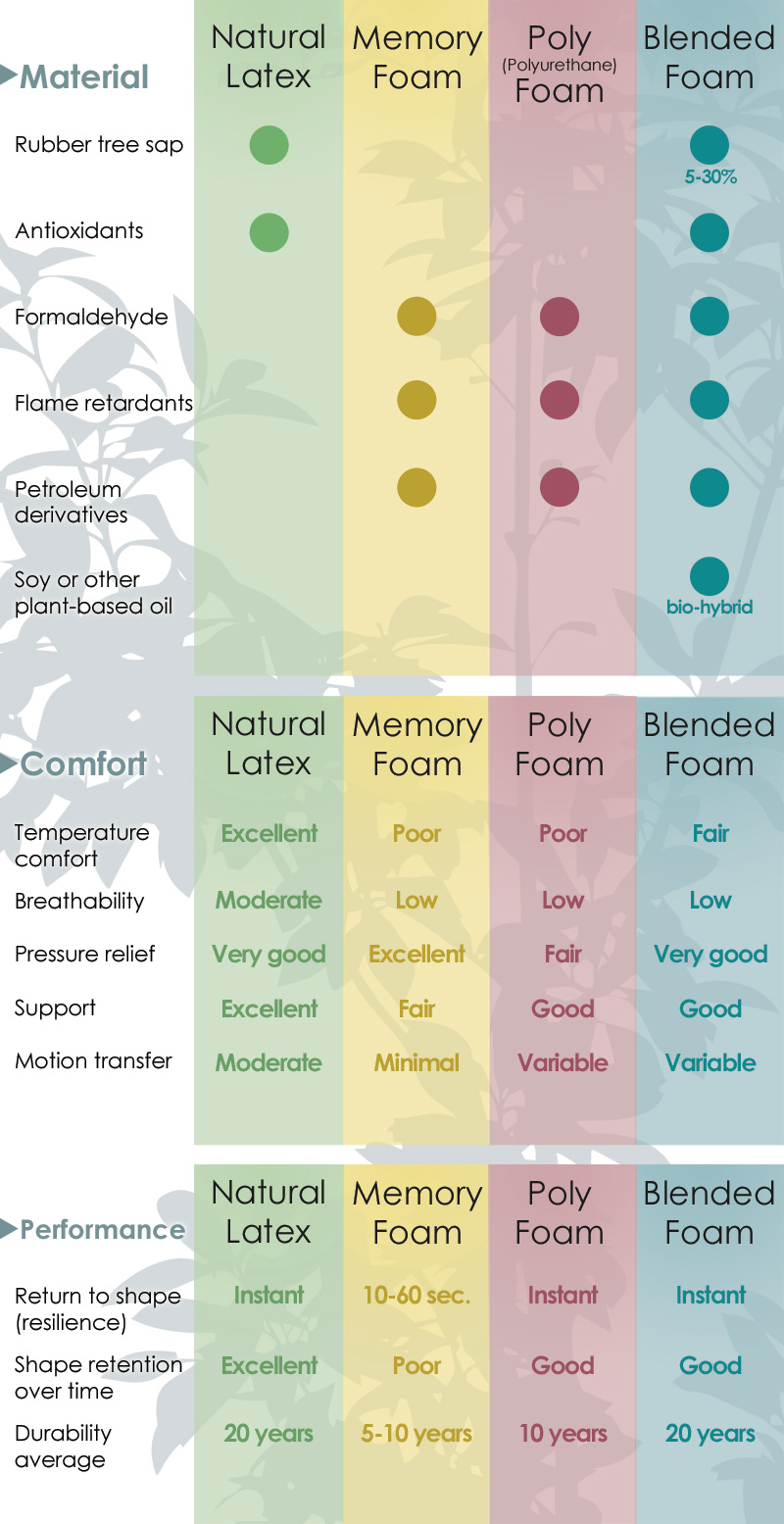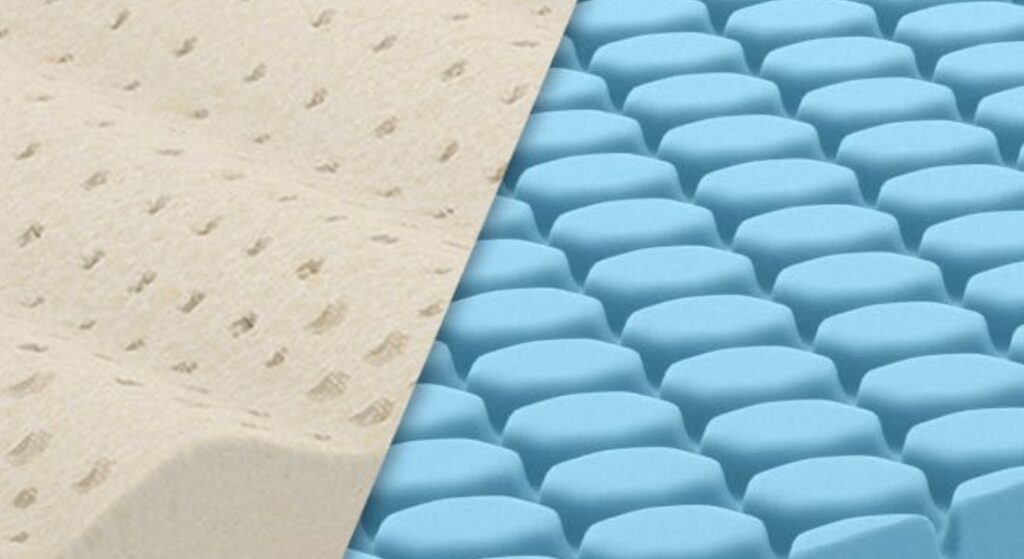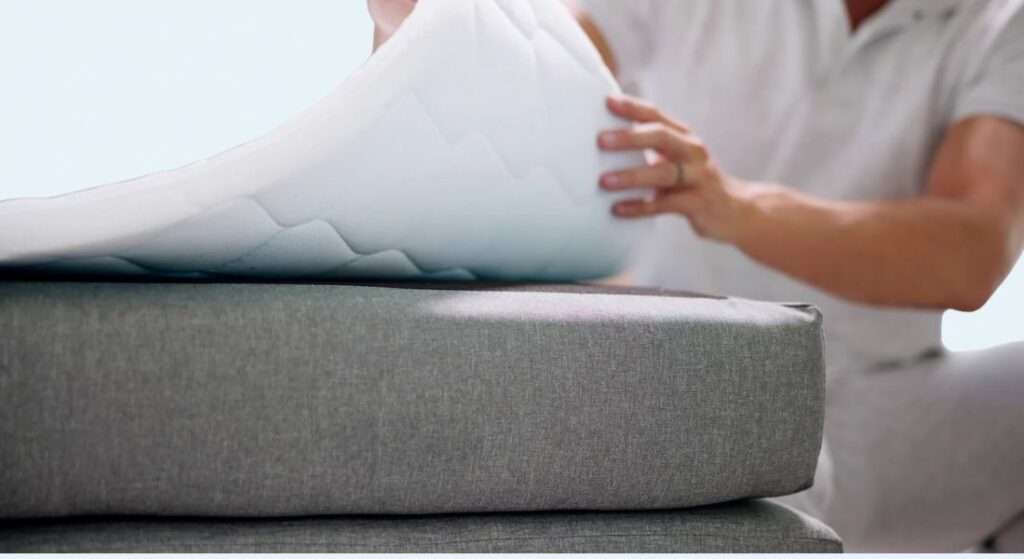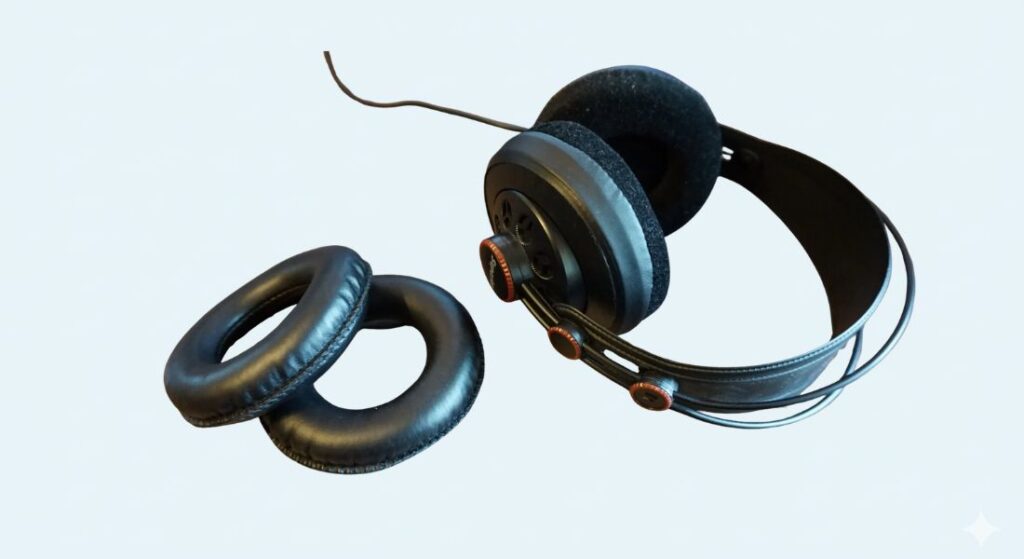Are you confused about which memory foam density is right for you, especially considering your weight? Finding the perfect memory foam mattress or topper can feel overwhelming, and a major factor is understanding how your weight impacts the support and feel. A quick fix is to generally aim for higher density foams if you weigh over 230 lbs, but a more nuanced approach is crucial for true comfort.
This comprehensive guide will break down everything you need to know about memory foam density, weight recommendations, and how to choose the best foam for a restful night’s sleep. We’ll cover detailed weight charts, explore the different types of memory foam, and provide pro tips to ensure you make an informed decision. By the end of this article, you’ll be equipped to confidently select the memory foam that perfectly matches your body weight and sleep preferences.
Understanding Memory Foam Density
Memory foam density is measured in pounds per cubic foot (lbs/ft³). It’s a critical factor because it directly affects the foam’s support, durability, and feel.
Low Density (2.5 – 3 lbs/ft³)
Typically found in cheaper mattresses and toppers. Offers a softer feel but lacks substantial support and has a shorter lifespan. Best for lightweight individuals (under 130 lbs).
Medium Density (3.5 – 4 lbs/ft³)
A good balance of comfort and support. Suitable for average-weight sleepers (130-230 lbs) and provides a responsive feel.
High Density (4.5 – 5.3 lbs/ft³)
Offers excellent support, durability, and motion isolation. Ideal for heavier individuals (over 230 lbs) and those who prefer a firmer feel. Can retain more heat.
Very High Density (5.3+ lbs/ft³)
Used in specialized applications like hospital beds or very high-end mattresses. Provides maximum support and durability but can be extremely firm and expensive.
Memory Foam Weight Charts

These charts provide a general guideline. Individual preferences and sleeping positions also play a role.
Chart 1: Memory Foam Density Based on Body Weight
| Weight Range (lbs) | Recommended Density (lbs/ft³) | Typical Use |
|---|---|---|
| Under 130 | 2.5 – 3.5 | Toppers, Budget Mattresses |
| 130 – 150 | 3 – 4 | Mattresses, Toppers |
| 150 – 180 | 3.5 – 4.5 | Mattresses, Toppers |
| 180 – 230 | 4 – 5 | Mattresses, High-Quality Toppers |
| 230 – 280 | 4.5 – 5 | Mattresses, Durable Toppers |
| 280+ | 5 – 5.3+ | High-End Mattresses, Specialty Beds |
Chart 2: Foam Thickness & Weight Considerations
| Weight Range (lbs) | Recommended Foam Thickness (inches) |
|---|---|
| Under 150 | 2-3 |
| 150-200 | 3-4 |
| 200-250 | 4-6 |
| 250+ | 6+ |
Choosing the Right Memory Foam Type

Beyond density, different types of memory foam offer unique benefits:
Traditional Memory Foam
The original formula. Known for its contouring and pressure relief but can trap heat.
Gel Memory Foam
Infused with gel particles to dissipate heat and provide a cooler sleeping experience.
Open-Cell Memory Foam
Features a more breathable structure that promotes airflow and reduces heat retention.
Plant-Based Memory Foam
Made with plant-derived oils, offering a more eco-friendly option. Often has a slightly different feel than traditional foam.
Hybrid Memory Foam
Combines memory foam with other materials like innersprings or latex for a balanced feel and improved support.
How to Select the Best Memory Foam for Your Needs
Method 1: Determine Your Sleeping Position
- Side Sleepers: Need softer foam (lower density) to contour to their body and relieve pressure points in the shoulders and hips.
- Back Sleepers: Require medium-density foam for balanced support and spinal alignment.
- Stomach Sleepers: Benefit from firmer foam (higher density) to prevent sinking and maintain proper posture.
Method 2: Consider Your Body Weight
Refer to the weight charts above as a starting point. If you’re near the upper end of a weight range, consider opting for the higher density within that range.
Method 3: Evaluate Your Personal Preferences
Do you prefer a plush, sinking-in feel or a firmer, more supportive surface? Test out different foam densities in-store if possible.
Pro Tips for Memory Foam Selection

- Don’t solely rely on “firmness” ratings: Firmness is subjective. Density is a more objective measure of support.
- Look for CertiPUR-US certification: This ensures the foam is made without harmful chemicals.
- Consider the foam’s ILD (Indentation Load Deflection): Measures the foam’s resistance to compression. Lower ILD = softer, higher ILD = firmer.
- Check the mattress or topper’s overall construction: The support core and comfort layers all contribute to the overall feel.
- Allow time to adjust: It can take a few weeks to get used to a new memory foam mattress or topper.
When to Seek Professional Help
- Persistent pain: If you experience ongoing back pain or discomfort despite trying different memory foam options, consult a healthcare professional.
- Unsure about your needs: A sleep specialist can assess your body type, sleeping position, and preferences to recommend the best foam density and mattress type.
- Allergies or sensitivities: If you have allergies to specific materials, consult with a doctor or allergist before purchasing a memory foam product.
FAQ
Q: Can I add a memory foam topper to an existing mattress?
A: Yes, a topper can add comfort and support to an older or less comfortable mattress. Choose a density appropriate for your weight and sleeping position.
Q: How long does memory foam last?
A: High-density memory foam can last 8-10 years or longer. Lower-density foam typically lasts 3-5 years.
Q: Does memory foam sleep hot?
A: Traditional memory foam can retain heat. Gel-infused or open-cell memory foam offers better breathability.
Q: Is memory foam good for back pain?
A: Memory foam can provide excellent pressure relief and support, which can help alleviate back pain. However, it’s essential to choose the right density and firmness level.
Alternative Solutions
If memory foam isn’t the right fit, consider these alternatives:
| Solution | Pros | Cons | Best For |
|---|---|---|---|
| Latex Foam | Durable, breathable, hypoallergenic | More expensive than memory foam, can be firmer | Eco-conscious sleepers, allergy sufferers |
| Innerspring Mattresses | Affordable, bouncy, good airflow | Less contouring, can transfer motion | Back and stomach sleepers |
| Hybrid Mattresses | Balanced comfort and support, good airflow | Can be expensive | Combination sleepers |
Enjoy Your New Sleep Experience
Now that you understand the nuances of memory foam and how it relates to your weight, you’re well-equipped to find the perfect fit. Remember to consider your sleeping position, personal preferences, and the type of foam when making your decision.
Here’s a quick recap:
* Utilize the weight charts to guide your density selection.
* Explore different memory foam types for optimal comfort.
* Don’t hesitate to seek professional advice if needed.
Investing in the right memory foam can drastically improve your sleep quality and overall well-being.
Have you found the perfect memory foam for your body weight? Share your experience in the comments below to help other readers!





